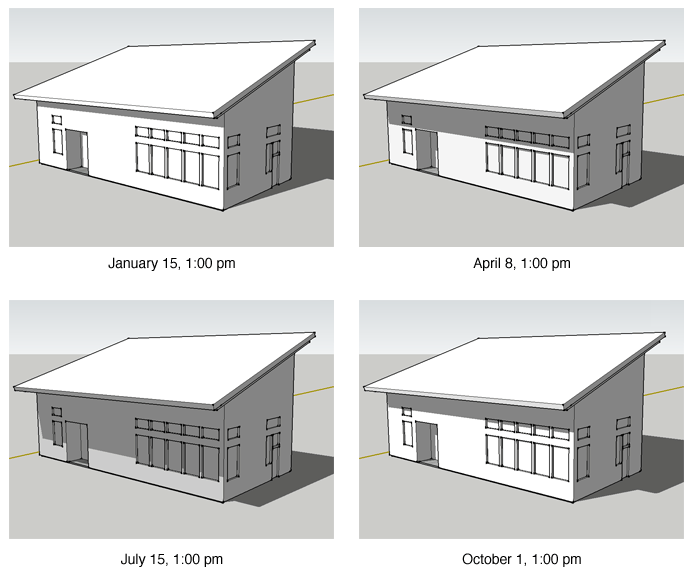
Blogs about energy-efficient, sustainable building sometimes seem overflowing with technical information — information that is not exactly tedious, but not quite light reading either. To be fair, building science is complicated. There may be no simple way of explaining vapor drive, U-factors, and the fine points of solar heat-gain coefficient. But to the uninitiated, these technical terms can result in slow slogging.
You won’t have that problem at Almost Passive House, the unfolding story of Andrea and Ted’s plan to build a high-efficiency house in Vermont.
The narrative is written mostly by Andrea, a “loyal wife who considers assembling IKEA shelves the apex of her DIY career.” Ted is a software engineer and “all-around geek who has long wanted to build a house from scratch.” These two “lovebirds” are hoping to build their house without a general contractor, framing crew or many of the subs that mostly inexperienced owner/builders might be expected to hire.
For those of you who remember, that sounds a lot like what was going on in the 1970s, when an earlier generation of back-to-the-landers moved to places like Vermont to build houses and plant vegetable gardens. Things didn’t always go as planned, in part because people under-estimated the climate or the complexities of building, and also because not as much was known about successful energy-efficient designs.
Things have changed. There’s no question that Ted and Andrea are doing their homework and, for starters, have enlisted energy consultant Marc Rosenbaum to help. Their aim is to build to near Passivhaus standards, skipping the certification but still getting an extremely well insulated, carefully built home.
We pick up the story early on, with the design well underway but, as of yet, no concrete in the ground. It should be a good story, not only because we’ll get to peer over their shoulders as the house comes together but also because of the blog’s unpretentious and engaging voice.
On energy-efficient designs
“Ted and I are both rather puzzled as to why anyone wouldn’t build an energy-efficient house nowadays. What we’re doing doesn’t feel noble — it just feels like common sense. We hope that by sharing our process online, we can inspire other people to build highly efficient house.”
On avoiding thermal bridging
“We plan to address this in several ways. One is to raise the wall’s overall R-value by putting additional rigid foam insulation outside the stud assembly, beneath the exterior cladding. Another is to use as few studs as we can get away with. To accomplish this we are using Optimum Value Engineering, which does all sorts of clever tricks to minimize the amount of lumber used in construction. So in a nutshell that’s what I’ve been doing, trying to design our house frame with as few thermal bridges as possible. It’s a little trickier than it sounds, at least for a construction neophyte like me.”
On choosing windows
“I spoke to a window vendor today who has a lot of experience with Passive House projects. He pointed out that some of our windows are not sized very efficiently. The problem isn’t the big windows — it’s actually the small ones that have a high frame-to-glass ratio (the glass has a better U-value than the frame).
“With that in mind, I played with resizing the front clerestory windows, making them larger. I removed one of the front windows to keep the glazing numbers from getting too high, and I spaced them 14″ apart so they won’t look like they’re squished in the corner. That will also make them much easier to install. But Ted is not fully convinced, so we need to run it by Camilo (our architect).”
A floor plan with a twist
“The meditation room on the left is basically a two-story retreat cabin that’s attached to the house. There will be a secret door upstairs between the master closet and the retreat area, and the ground-floor doorway between the two spaces will be hidden behind a bookcase!
“The yoga room is basically another bedroom. But it’s much more fun to call it a ‘yoga room,’ don’t you think? The loft level is not a full-height space — it will be under the highest part of the sloping shed roof. The utility loft (over the two bathrooms) will have room for mechanical devices that won’t fit in the downstairs utility room. It will be a good place for solar equipment, since it’s so close to the roof.”
On the Passivhaus standard
“Anyway, we decided at the engineering meeting that we’re not going to pursue Passive House certification. We haven’t ditched any of our goals for energy-efficiency — we’re simply not trying to shoehorn ourselves into a standard the house wasn’t really designed for. Passive Houses are already extremely hard to build in North America, and we have the added challenges of a semi-wooded southern exposure and an architect who doesn’t specialize in this kind of thing.
“The good news is we’re still building a really efficient house. It’s going to be very tightly sealed, and we’re taking extreme care to minimize thermal bridging. We’re limiting the overall glazing, ordering fancy-pants windows from Germany (ka-ching!), using heaps of insulation, installing heat pumps and solar hot water, etc. Marc estimates that our heating and cooling load will be less than the plug load in a normal house.
“So even though this won’t be a Passive House, it’ll still adhere to the Passive House principles and be a major leap forward from standard construction.”
Weekly Newsletter
Get building science and energy efficiency advice, plus special offers, in your inbox.





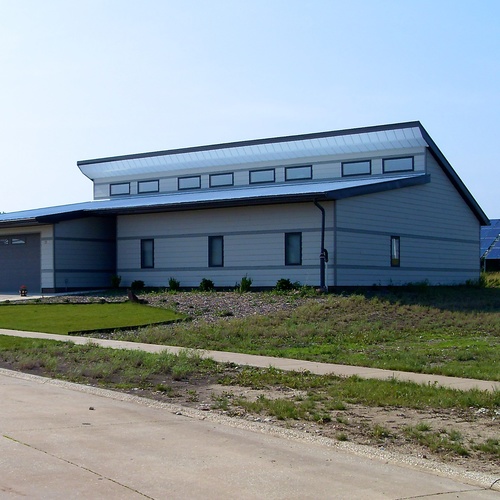
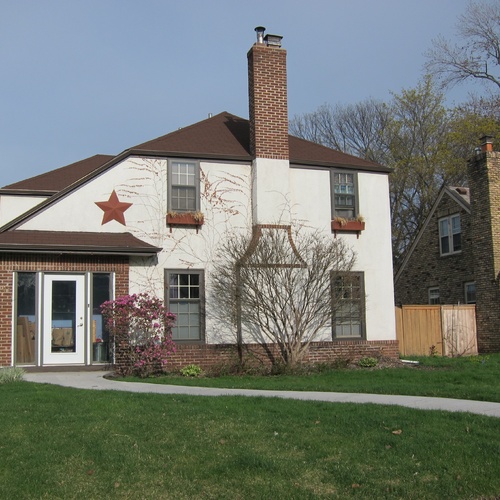
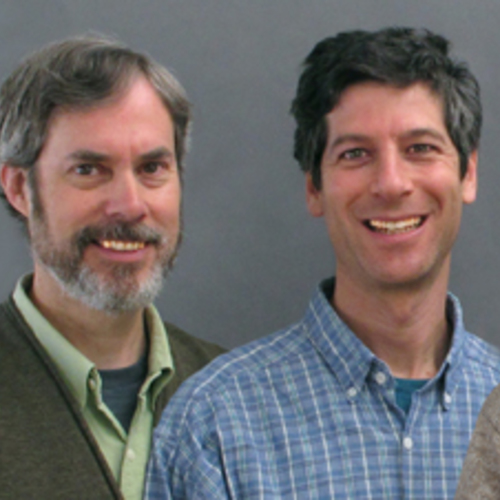
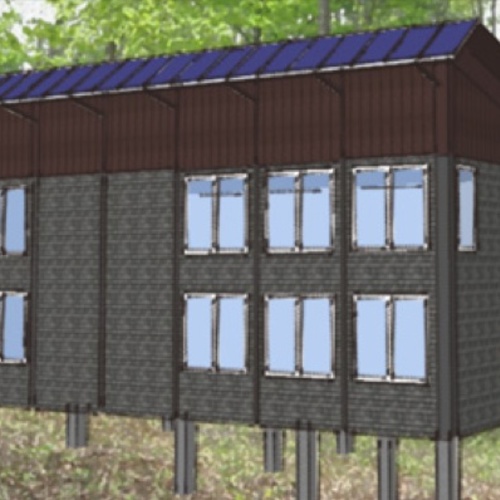






0 Comments
Log in or create an account to post a comment.
Sign up Log in